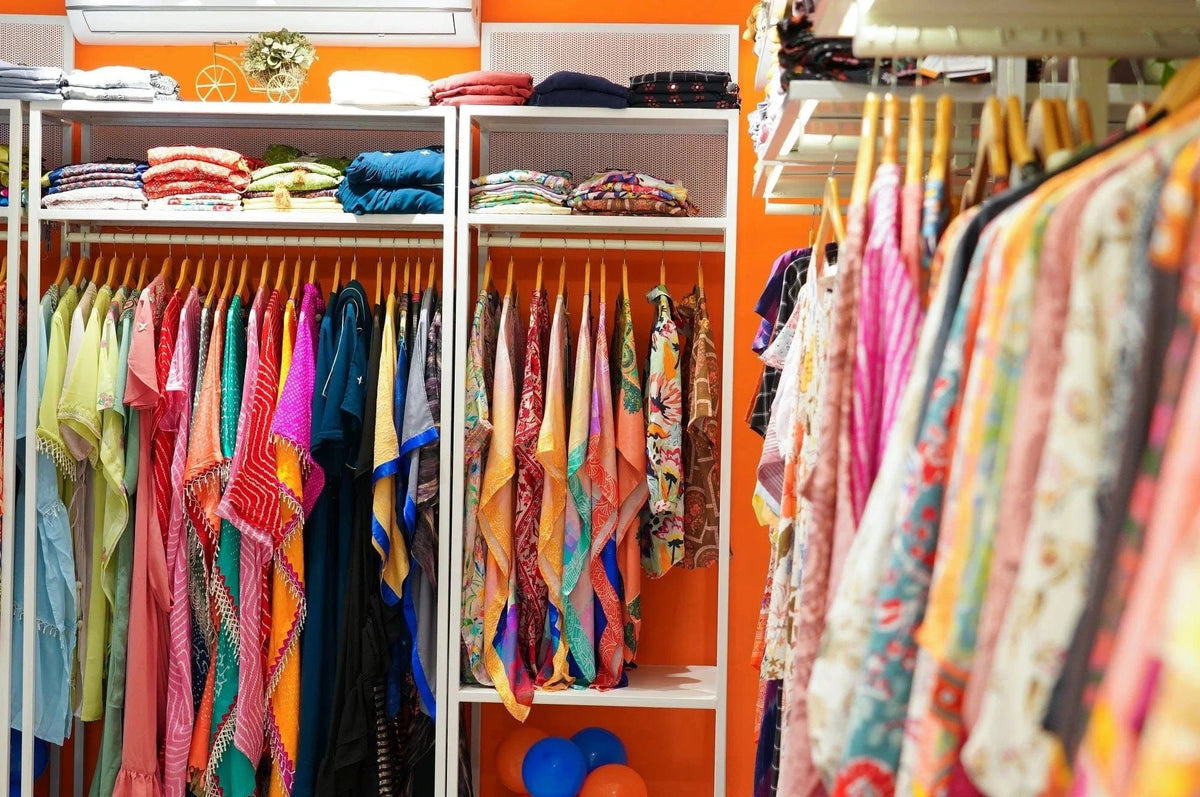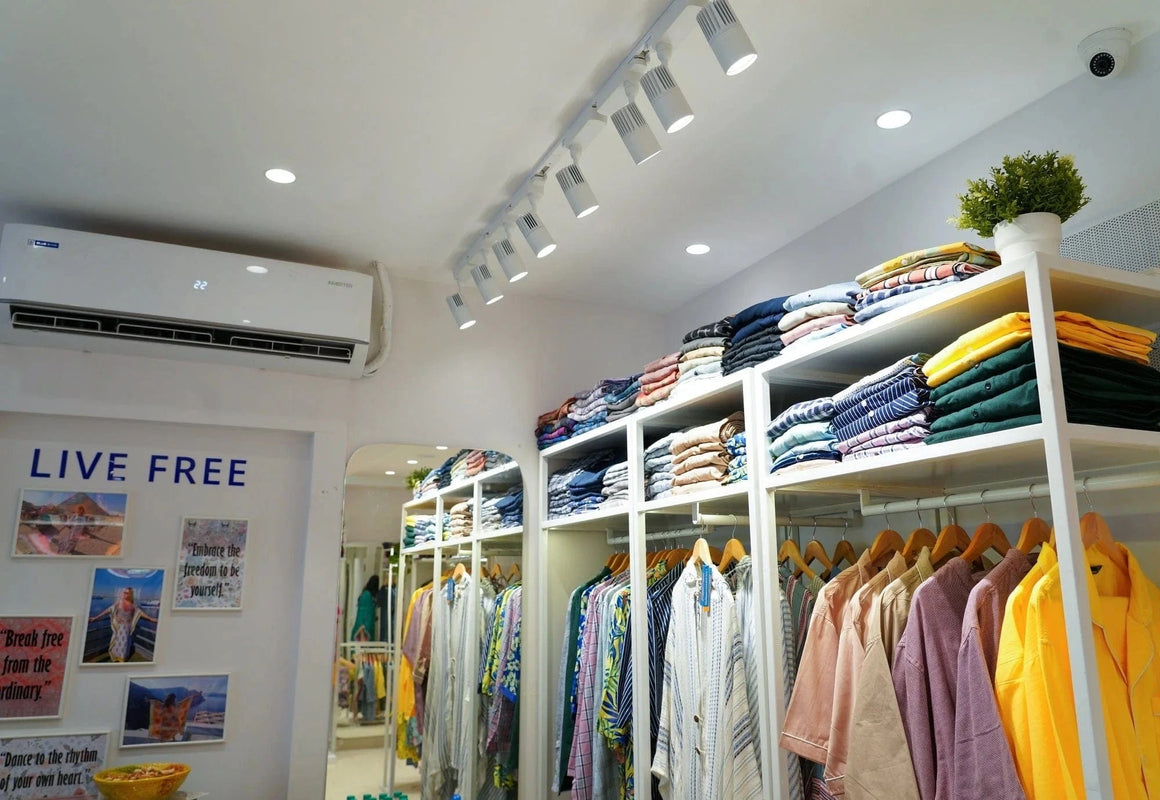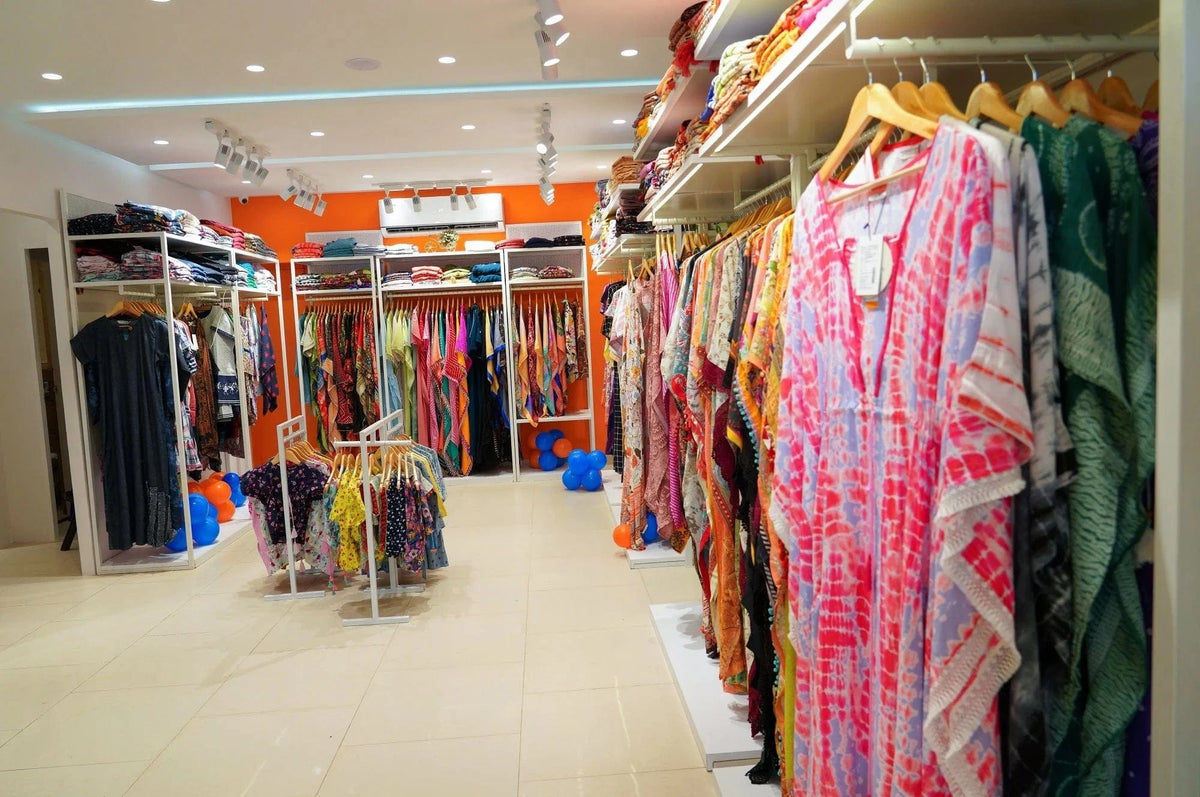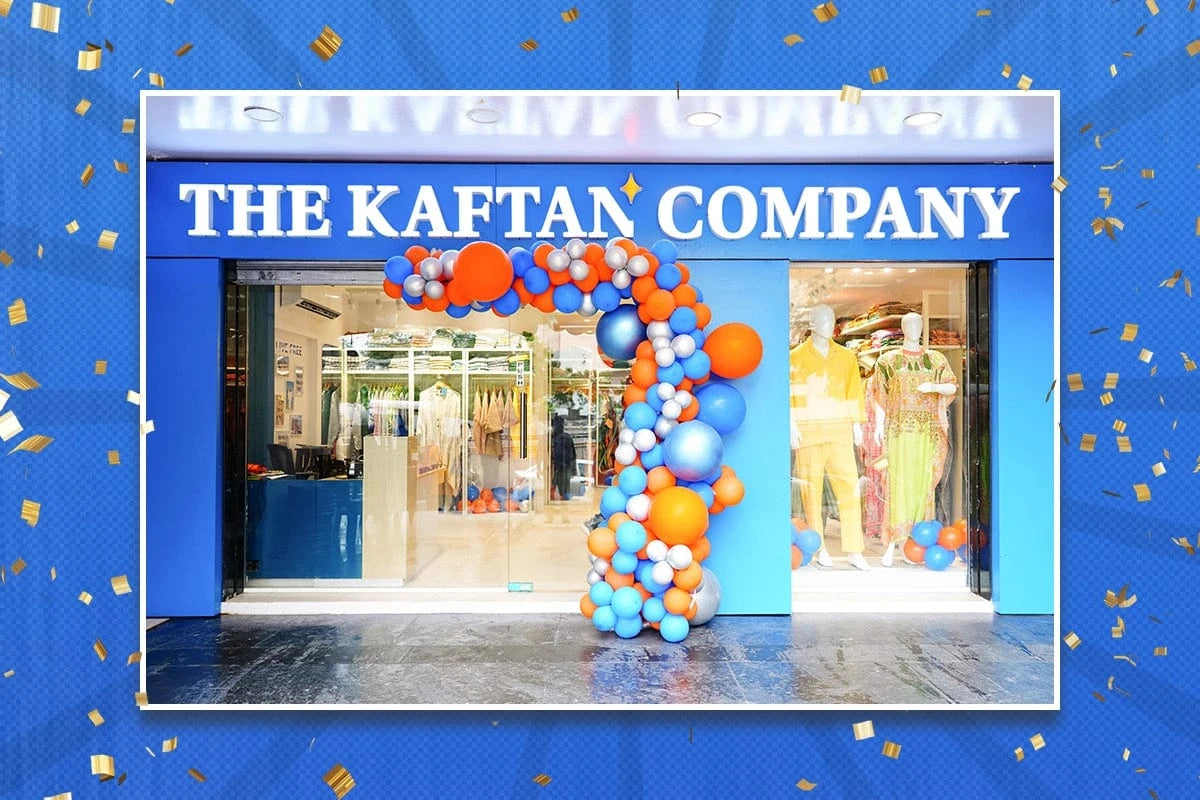Hyderabad-based start-up, The Kaftan Company has been building on its business, recording 200% growth in the last two years. Navin Rao and Prakruti Gupta, the husband-wife founder duo of the company tell Aultrin Vijay, how digital printing played a role in their journey
Kaftans are an internationally renowned fashion wear and have been associated with royals and celebrities for centuries. However, this was not the reason why the founders established the company.
The story is different. It’s a story about resilience and entrepreneurial spirit. Prakruti Gupta was diagnosed with cancer while working with Fiat-Chrysler Group in Dubai. She and Navin Rao moved to India for treatment, and with the aim of being closer to the family.
After successfully battling the disease, she was in search of a fashionable yet easy-to-wear dress, and realised that kaftans were an ideal option. This led to the establishment of a garment manufacturing facility known as Shibori Designs. At that time, there was not much choice available in terms of design and fashion.
This is when she decided to select kaftans as the go-to option for the versatility, comfort and style that the royal dress could offer. She identified a niche, which was different from the typical fashion or ethnic wear, yet, highly impactful and comfortable.
Kaftans presented ample scope to create an inclusive apparel collection that scored equally high on fashion, comfort and elegance parameters. Thus, The Kaftan Company was born, and today, it has carved its name in the segment of kaftans and all related fashion.
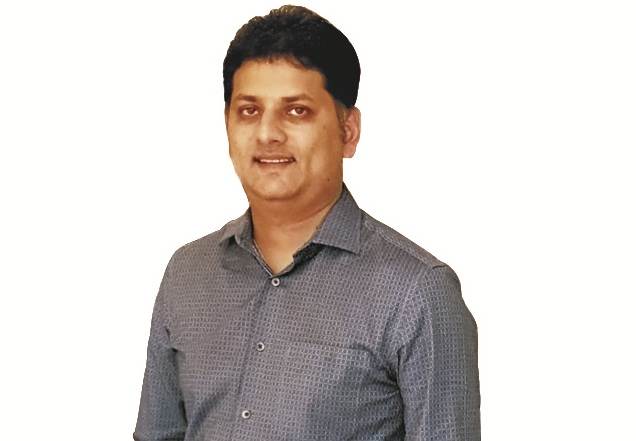
Navin Rao
Gupta says, “I decided to embark on my entrepreneurial journey afresh after treatment and channelled my passion for stylish, comfortable and high-quality wear to first establish Shibori Designs, and eventually zeroed-in on kaftans. The comfort, flexibility, and sophistication of kaftans made me realise that they were an ideal option for those seeking good leisurewear.”
With support from her husband, they built a brand for kaftans that is turning this royal garment of ancient times into a fashionable loungewear in sync with contemporary sensibilities.
500 SKUs in six years
The Kaftan Company is a Hyderabad-based start-up brand for kaftans – a variant of robe or tunic. Established by Gupta and Rao in 2016, the company manufactures a range of loungewear and kaftans through design innovations and adherence to sustainable practices.
The company uses digital printing and natural fabrics to reduce waste generation and the overall carbon footprint of the manufacturing process. The founders believe in sustainable fashion and take various steps, starting from design developments to production and dispatching, to ensure that all three dimensions of sustainability are achieved to the maximum – environmental, social and economic.
Today, with over 500 SKUs on offer, The Kaftan Company has a comprehensive line of kaftans for each and every occasion. Whether it is a simple day of relaxing at the beach, a shopping trip to the mall or sundowner cocktail party, a kaftan proves to be an elegant, comfortable and handy option for all occasions, according to the company.
The duo has also built an enterprise that has inclusivity and women empowerment at its core with 80% female workforce. While The Kaftan Company is already present on leading online platforms in India, and local markets in UAE and Botswana, their aim is to establish a global footprint with physical outlets in different cities and countries in the years ahead.
On the growth path
While other companies were struggling to cope during the pandemic, The Kaftan Company bucked the economic recession by growing 200% in the last two years.
Rao told this scribe, “Naturally, we are thrilled with the progress that has occurred and if we must place it on a scale of 1–10, then we would choose a 7. Particularly with the challenges that affected many businesses and people we know, while it has been a difficult period for most, we are grateful for the growth we have experienced. However, there is still a long way to go.”
He says that the company mostly uses natural fabrics for kaftans. It works with 100% cotton, 100% light polyester, and many viscose-based fabrics.
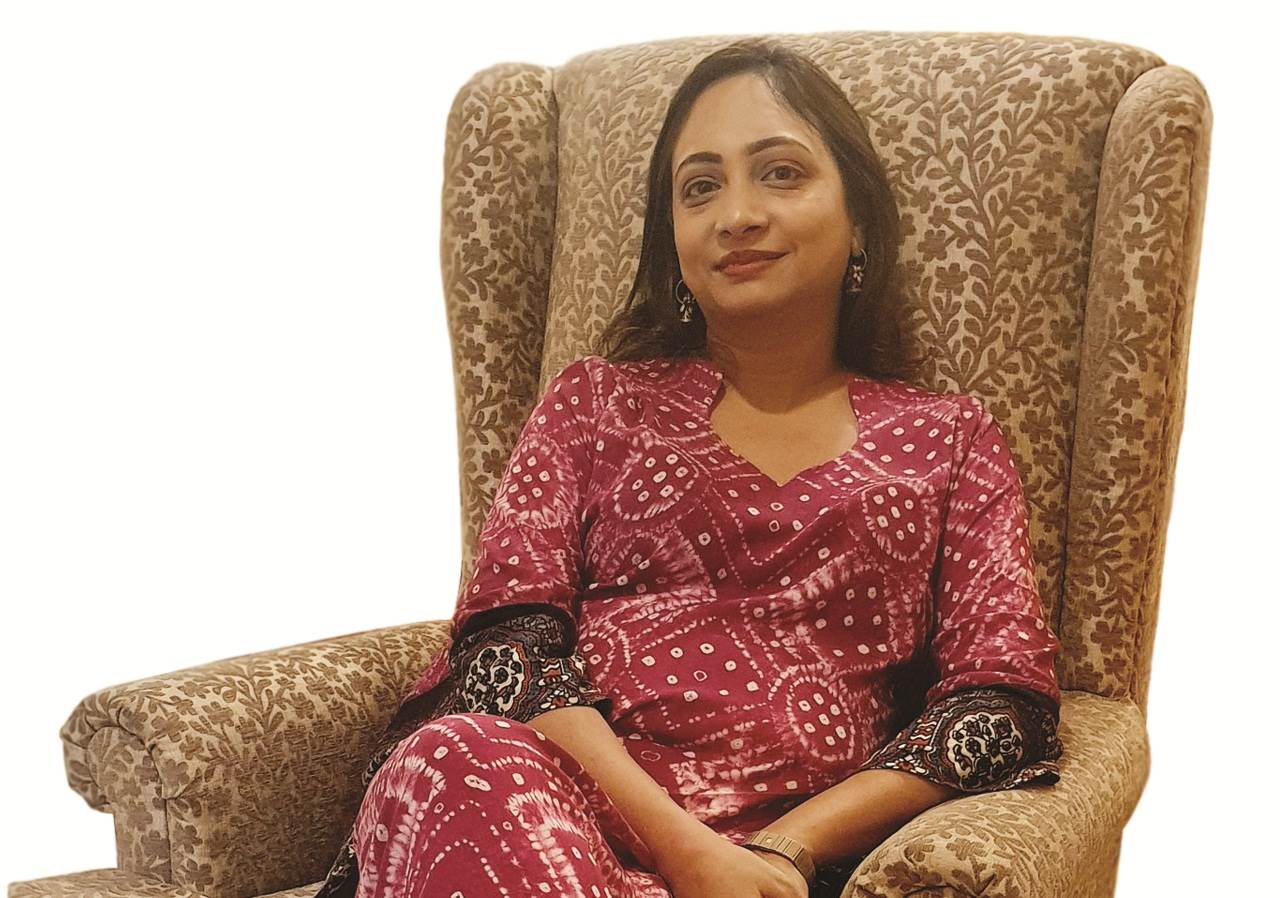
Prakruti Gupta
“We prefer sublimation printing and direct-to-garment (DTG) printing methods. There are many benefits in terms of efficiency, limitless creation possibilities, and less impact on the environment,” says Rao.
Why digital printing?
Once upon a time, screen printing dominated the garment market as the most commonly used production technology. This, however, has changed.
Rao says, “Digital printing as a technology has many benefits when compared to traditional screen printing.”
According to him, one of the benefits of digital printing technology is quicker/improved efficiency. Also, minimum order quantities (MOQs) are smaller. “We can create many sophisticated designs and it’s easier for upcoming brands and designers to test their products without much investment,” Rao explains. “Creations are also limitless with millions of precise colour variation possibilities.”
A benefit that Rao highlights is how sustainable DTG and sublimation printing is due to the comparatively less amount of effluence during the printing process when compared to the traditional printing techniques.
Another advantage is the ability to tackle knock-offs and fake products. Rao says, “Imitation is the sincerest form of flattery. While we have seen many new entrants into the kaftan space since our inception, our in-house digital prints cannot be replicated for the most part and are exceptionally difficult to redesign.”
Rao believes that digital printing gives the company a unique edge in producing original, quality products without the risk of copycats.
What next?
For the past 24 months, the company has been collaborating with designers to boost its portfolio. The company is expanding its product lines by adding maternity wear, kids wear and women’s work wear style kaftans to its existing loungewear catalogue.
Launching new seasonal collections is another strategy the company plans to do. Added to that, it will also focus on sustainability initiatives. “Kaftans are virtually zero waste in terms of production and as a result have less impact on the environment. However, we still continue to discuss how we can further reduce our environmental footprint in the development cycle,” says Rao.
Upcycling or being able to modify and improve on older designs and adding new and natural fabrics is another strategy the company has been working on. It also plans to incorporate AI in its website to allow customers to upload their image and access how they look wearing kaftans to better understand their preference and then place an order accordingly.
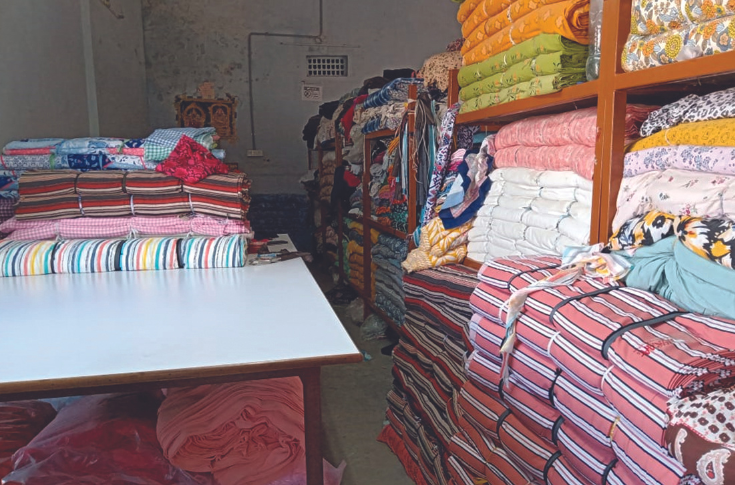
Selected as Asian Designer Week’s upcoming designers list and expanding internationally, The Kaftan Company aspires to become a globally renowned destination for kaftans and building an empire therein.
At present, the kaftans are primarily sold through online channels and channel partners, but there are plans to enter exclusive brand physical retail in the years ahead. Presently, the kaftans are shipped globally with a stronger presence across India, UAE, and Botswana, and new markets are set to be added in the years ahead.
Speaking about the future of Kaftan, Rao says, “Kaftans are timeless. With our reintroduction of the garment five years ago as a niche, we are thrilled to see its popularity making it mainstream and we believe it is here to stay. More and more people recognise and appreciate the versatility of a kaftan and especially love its comfort and style appeal when it comes to loungewear and its ability to transform both indoors and outdoors. We imagine kaftans to remain timeless, while still adapting new and natural fabrics to further reduce its impact on the environment.”
Publication : PrintWeek Magazine
Author : Aultrin Vijay
Source link: https://www.printweek.in/features/how-digital-print-could-weave-a-kaftan-story-56405


